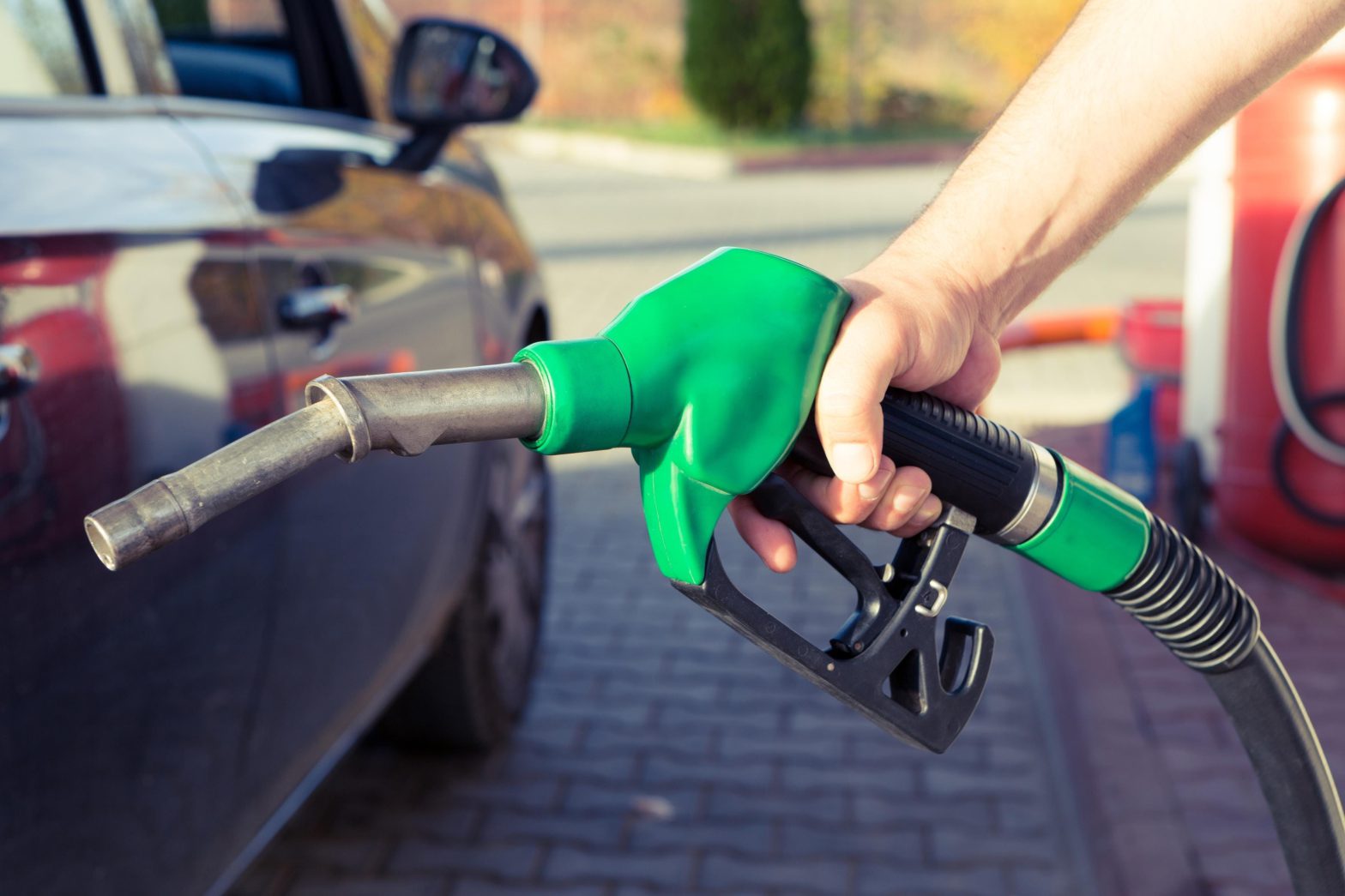![[Special to the News Bulletin]](http://127.0.0.1/wordpress/wp-content/uploads/2022/01/ghows-DA-68f2ad47-6aab-461f-e053-0100007f195f-c84a3971-scaled.jpeg)
Tip of the Week
Soybean farmers in Minnesota wear many different hats: small-business owner, agronomist, equipment expert, accountant and environmentalist. Yes, they are the original stewards of the land, continually evolving their practices to keep natural resources healthy for the next generation.
But it doesn’t end there. Soybean farmers have been at the forefront of developing a homegrown renewable fuel that has resulted in a dramatic improvement of the air quality in the Gopher state.
Biodiesel has become an important part of the energy landscape not only in Minnesota, but across the country, too. In just over 15 years, the biodiesel market in the U.S. has increased from about 25 million gallons to more than 2.8 billion gallons. Made from domestic, renewable resources such as soybean oil, biodiesel is a value-added by-product containing sources that would normally go to waste.
You may be scratching your head and saying, “I don’t drive a diesel vehicle. Why should I care?” Well, you’re not alone. According to the Bureau of Transportation Statistics, diesel-powered cars accounted for only about 3 percent of total U.S. auto sales in 2014.
But, unless your family continues to rely heavily on the moped for travel and commerce, here’s why biodiesel matters.
Diesel engines are all around you
According to the Diesel Technology Forum, more than 95 percent of all large, heavy-duty trucks are diesel-powered, as are a majority of medium-duty trucks. Together, they move more than 90 percent of the nation’s freight. And don’t forget public transit, school buses and construction equipment. Things we all come in contact with every day.
Waving the green flag
And while you may think these trucks’ massive diesel engines are an unfortunate but necessary aspect of commerce and expansion, think again.
According to the American Lung Association of Minnesota during the 10-year period with biodiesel as a fuel standard for Minnesota, a reduction of more than 7.4 billion pounds of carbon dioxide has already been realized. ALAMN estimates that is comparable to removing the emissions from 706,649 passenger vehicles or 17,998 railcars of coal.
That’s not a typo. Removing emissions. Breathing easier. Biodiesel’s ability to reduce greenhouse gas emissions by more than 50 percent is why the Environmental Protection Agency recognizes it as the only advanced biofuel.
Revitalizing rural communities
According to the Minnesota Department of Agriculture, the biodiesel industry contributes $1.7 billion annually in the state, while supporting 5,397 jobs. Nationwide, there are approximately 200 biodiesel plants, which provide nearly 48,000 jobs. These are often hard-hit areas where employment options are few. Leaving for “greener pastures” is no longer the only option.
“Biodiesel is another step in increasing the diversity of our energy needs,” says Tom Slunecka, CEO, Minnesota Soybean Research and Promotion Council. “Minnesota soybean farmers are proud to be leaders in growing that diversity.”
In 2002, Minnesota became the first state to require that all diesel fuel sold here contain at least 2 percent blend of biodiesel. In the summer of 2018, Minnesota will be the first to move to B20, a blend of 20 percent biodiesel and 80 percent petroleum diesel.
The benefits of biodiesel are considerable, not just for Minnesota, but for the country as a whole.
— Brandpoint
Car stats
According to a new survey from the AAA Foundation for Traffic Safety, the proportion of drivers who self-report talking on a cell phone regularly or fairly often when behind the wheel has increased by 46 percent since 2013. Nearly half (49 percent) of drivers admit they have recently talked on a hand-held phone while driving and nearly 35 percent say they have sent a text or email while driving.
— More Content Now
Did you know?
Just like your tires, you should check your windshield washer fluid level once a month. To do so, first turn off the engine, then pop your hood before locating the washer fluid reservoir. In most vehicles, it’s on the very left, front corner of the engine compartment.
Check the level on the side of the reservoir. It should be between the full and low marks, if not, then refill it.
— More Content Now
This article originally appeared on Crestview News Bulletin: Auto Bits: 3 ways soybean farmers’ biodiesel helps clear the air
